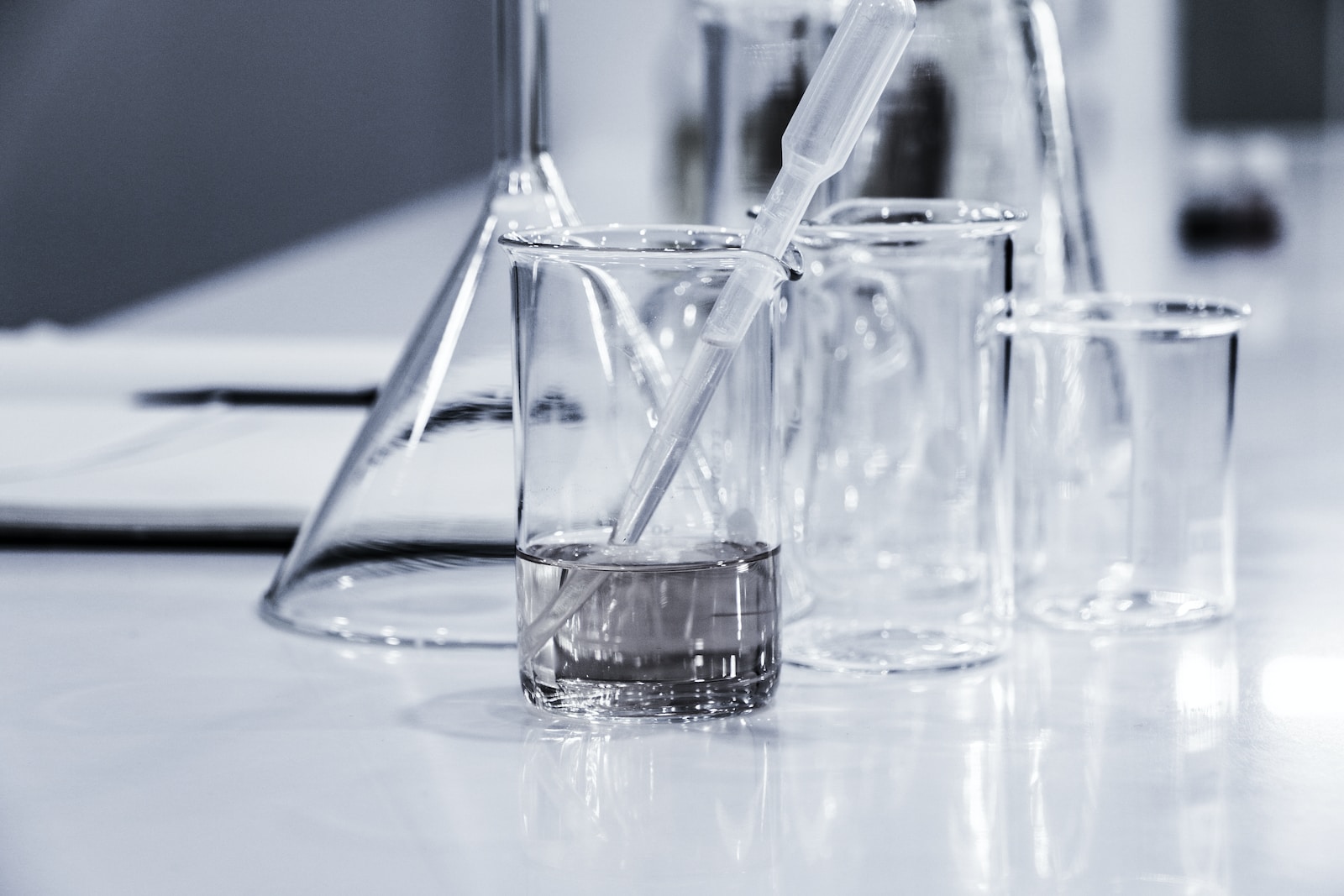Table of Contents
ToggleWhat are PFAS?
PFAS, or per- and polyfluoroalkyl substances, are a group of man-made chemicals that have been used in a wide variety of products, including food packaging, non-stick cookware, water-repellent clothing, and firefighting foams. PFAS are known for their durability and resistance to heat, water, and oil, but these same properties also make them highly persistent in the environment.
The dangers of PFAS exposure
Research has shown that exposure to PFAS can have a number of negative health effects, including an increased risk of cancer, liver damage, reproductive problems, and developmental delays in children. PFAS can also interfere with the immune system and make people more susceptible to infections.
PFAS contamination in the UK and Ireland
PFAS contamination has been found in drinking water, soil, and air in the UK and Ireland. Studies have shown that PFAS levels in the blood of people in these countries are higher than those in other parts of the world.
The lack of regulations on PFAS
There are currently no standardized regulations on PFAS in the UK and Ireland. Only two of the most prevalent PFAS variants, PFOA and PFOS, are currently monitored.
What can be done to address the PFAS problem?
There are a number of things that can be done to address the PFAS problem, including:
Reducing emissions of PFAS into the environment: This can be done by phasing out the use of PFAS in products and industrial processes.
Cleaning up PFAS contamination: This can be done by filtering PFAS out of drinking water and remediating contaminated soil and air.
Raising awareness of the risks of PFAS exposure: This can help people to avoid exposure to PFAS and to advocate for stricter regulations on PFAS.
Conclusion
PFAS are a serious threat to human health and the environment. More needs to be done to reduce emissions of PFAS, clean up PFAS contamination, and raise awareness of the risks of PFAS exposure.








1 thought on “PFAS: The “Forever Chemicals” That Are Damaging Our Health and Environment”
Pingback: PFAS Limits: A Step Forward, But the Fight for Continues